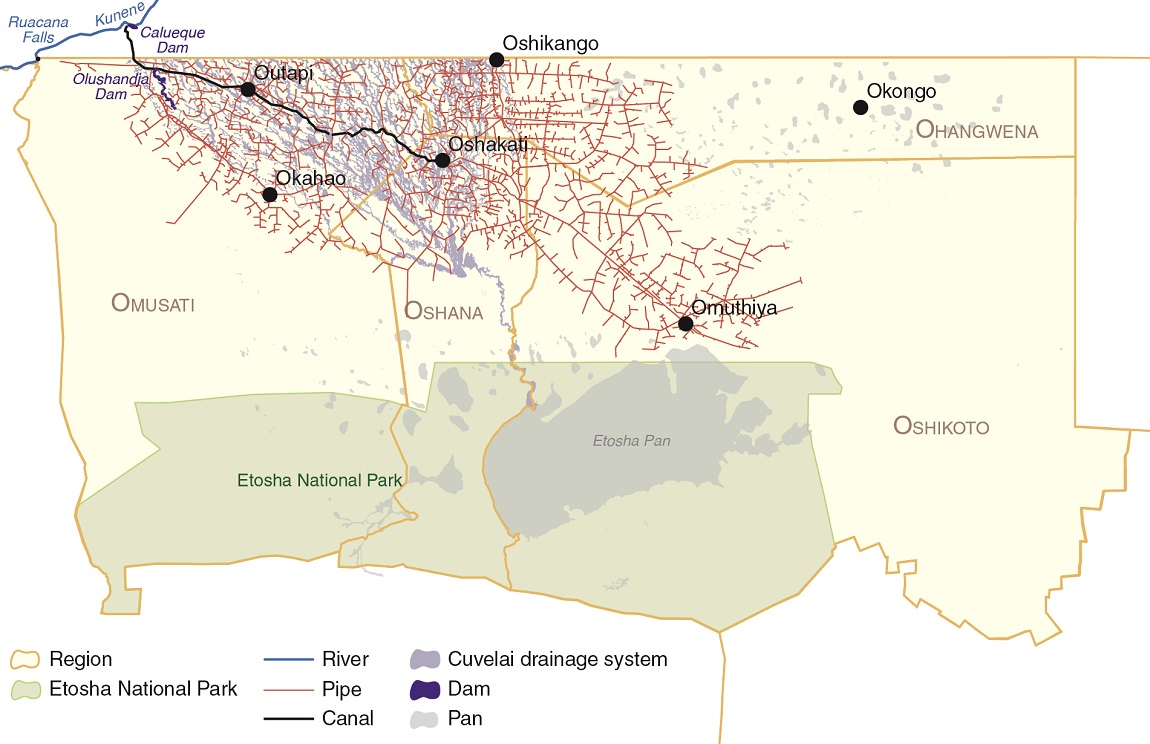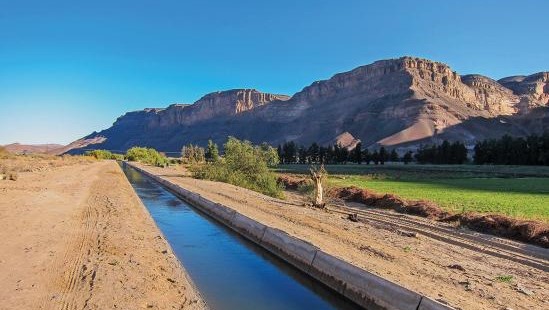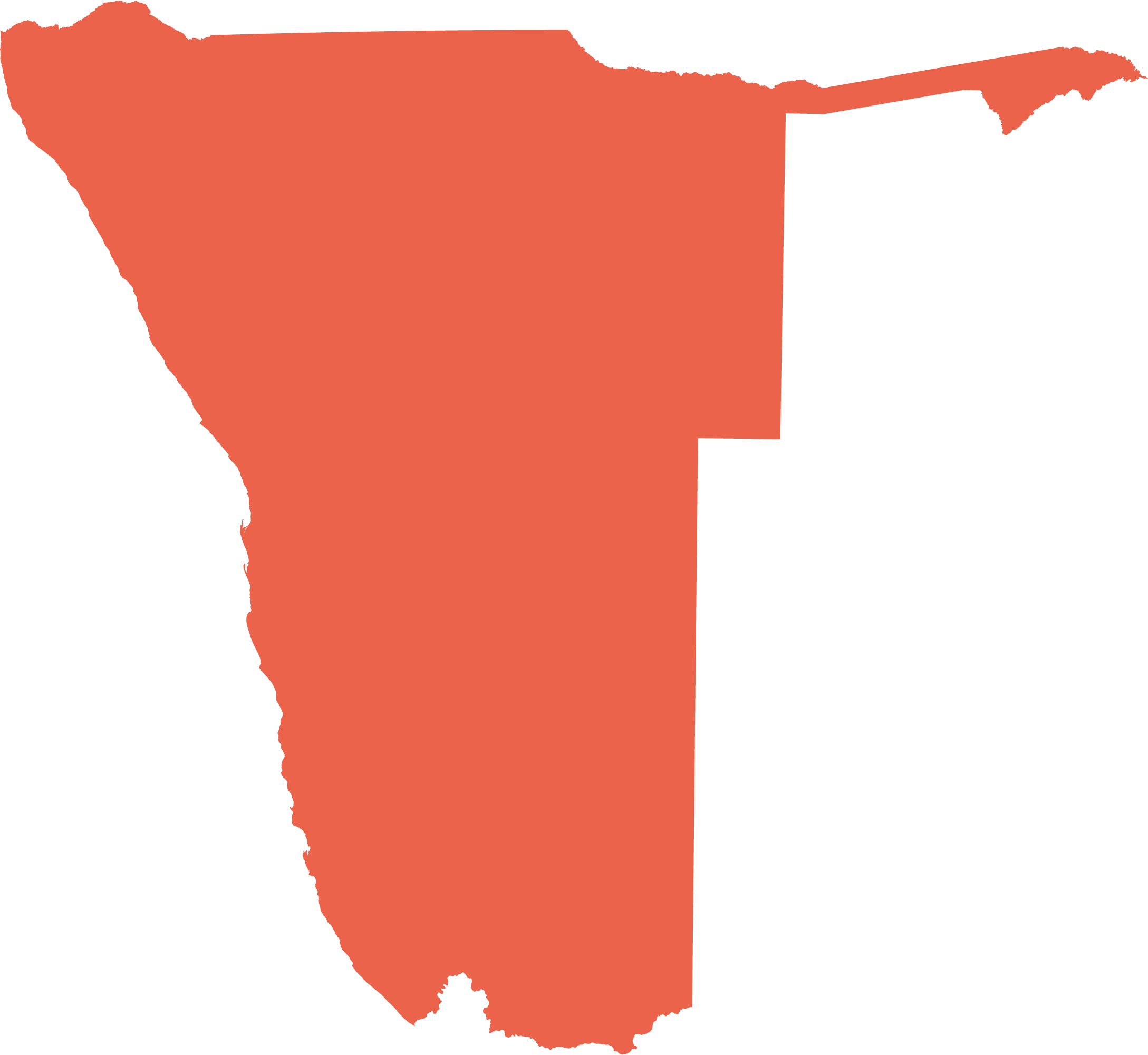Pipelines and canals
Namibia's water infrastructure is impressive. To almost 7,900 dams and thousands of operational boreholes can be added hundreds of kilometres of canals and thousands of kilometres of pipelines, all designed to take water from where it is available to where it is needed.
4.26 Supplying central-northern Namibia29

The Kunene River – via the Calueque Dam in Angola – is the sole source of water supply to the majority of households and enterprises in the central north of Namibia, including the major towns of Outapi, Oshakati, Okahao, Ondangwa, Eenhana and Oshikango. This supply system is both extensive and integrated, and includes the Olushandja Dam in Namibia and a network of 146 kilometres of canals between Calueque and Oshakati, five purification plants and more than 1,300 kilometres of bulk and 4,800 kilometres of rural distribution pipelines.

Photo: J Mendelsohn

Photo: JB Dodane
Water is pumped from the Zambezi, Okavango, Kunene and Orange rivers and used to supply nearby towns, industry and irrigation schemes. These pipes transport water from the Okavango River to the 850-hectare Sikondo Irrigation Scheme about 20 kilometres west of Rundu. In southern Namibia, this canal takes water from the Orange River to irrigation schemes close to Noordoewer. Towns and settlements supplied with water from perennial rivers include Katima Mulilo (Zambezi River), Rundu and Divundu (Okavango River), Noordoewer, Oranjemund and Rosh Pinah (Orange River) and those in figure 4.26 above (Kunene River).

